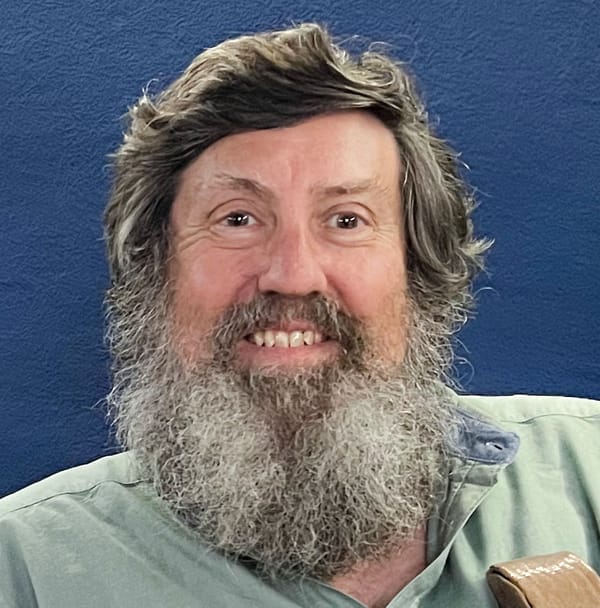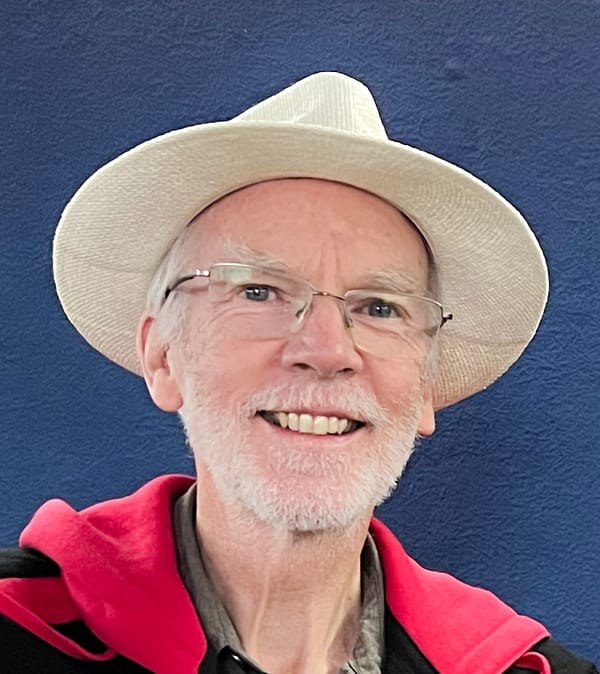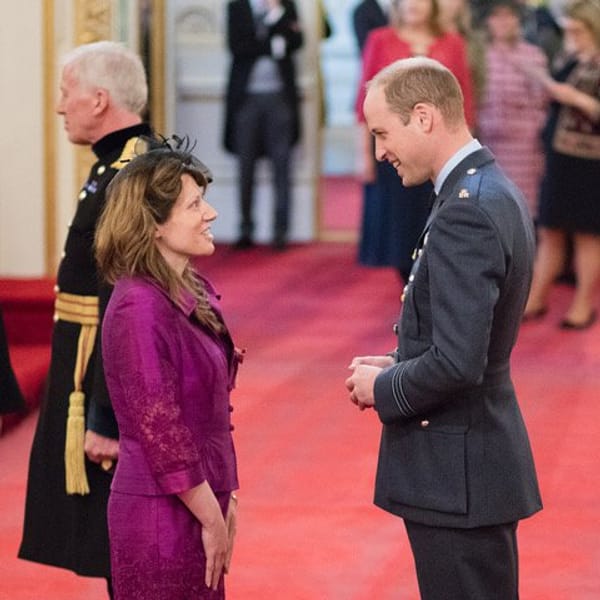The team is geographically distributed between the UK and Australia, making it agile to deploy the arsenal of the Global Jet Watch.
Under the leadership of Founder and Director Professor Katherine Blundell, the Global Jet Watch has assembled a team of world-leading experts to tackle the challenges of globally distributed astronomy.
Instrument Scientist Steven Lee and Electronics Engineer Chris McCowage, collectively worked for several decades at Australia’s largest optical telescope. Their work began during its infancy as one of the pioneering computer controlled telescopes and they contributed to many of its innovative instruments.
The Global Jet Watch inherits with much gratitude the collective expertise that this brings to its operations and programme.
Professor Katherine Blundell OBE
Founder and Director
Katherine Blundell is a Professor of Astrophysics at the University of Oxford. Her research interests include extreme energy phenomena in the Universe ranging from supermassive black holes at the hearts of distant, powerful quasars, to plasma physics, to novae.
She launched the Global Jet Watch to advance research on relativistic jets from black holes in our Galaxy. She has published over two hundred papers in academic journals and is frequently invited to speak at different institutes around the world.
Her research has been honoured by the Royal Society with the Rosalind Franklin medal. She has been awarded a research prize from the Leverhulme Trust, and the Bragg medal from the Institute of Physics. In the 2017 Queen’s Birthday Honours, she was appointed an OBE “for services to astronomy and the education of young people”.
In 2019, she was appointed Gresham Professor of Astronomy, a post previously held by Sir Christopher Wren and Lord Martin Rees.
Steven Lee
Instrument Scientist
Steve Lee worked for over four decades at Australia’s largest optical telescope, the Anglo-Australian Telescope (AAT, previously operated by the Australian Astronomical Observatory, AAO) operating the AAT and working with AAO’s instrument group and Head of Night Assisting. He is also a keen amateur astronomer and makes his own telescopes (including their mirrors) and Asteroid 46568 is named after him. He visually discovered Comet 1999H1 which is now beyond Neptune but will return to orbit around the Sun in 146,000 years time.
Steve Lee designed and constructed the original spectrographs for this project, the red-beam Aquilae. During the pandemic, he designed the dual-beam spectrograph that covers the entire optical rainbow, the Aquilla II. He also designed and developed the robotic control of the Global Jet Watch telescopes, devices and instruments.
Chris McCowage
Electronics Engineer
Chris McCowage has spent over four decades of his career in the operation, technical support, development and management of large astronomical observatories, including as former Operations Manager of the Anglo-Australian Observatory’s Telescopes at Siding Spring Observatory and the Isaac Newton Group of Telescopes at the Observatorio del Roque de los Muchachos.
A technical specialist for astronomical detectors, instrumentation and robotics for multi optical fibre positioning systems. He has contributed to the electronic and electrical side of the observatory operations, most notably in the design and deployment of the solar farmyards which now entirely power the India school observatory, GJW-IN, and the South Africa school observatory, GJW-SA.
Vanessa Ferraro-Wood
Operations Manager
Vanessa Ferraro-Wood has broad skills, having worked for the Ministry of Defence earlier in her career and more recently in different roles with Astrophysics at the University of Oxford, including as its overall Administrator. In more recent years she has specialised as Administrator for the HARMONI project for ESO’s ELT, including responsibility for its configuration management.
Within the Global Jet Watch, Vanessa oversees different aspects of the system management including system monitoring, configuration management, global operations, strategic process development as well external liaison and procurement.




